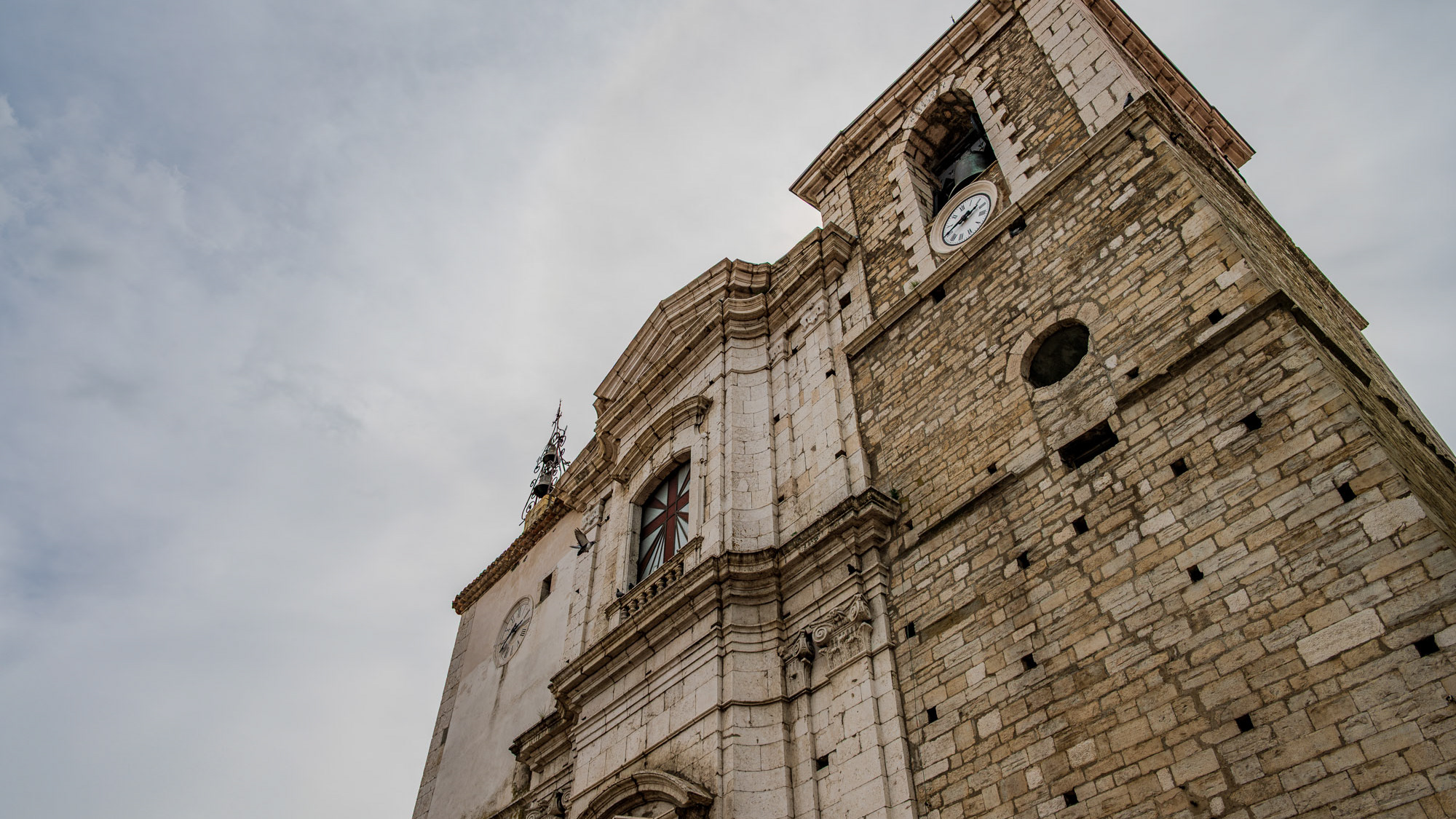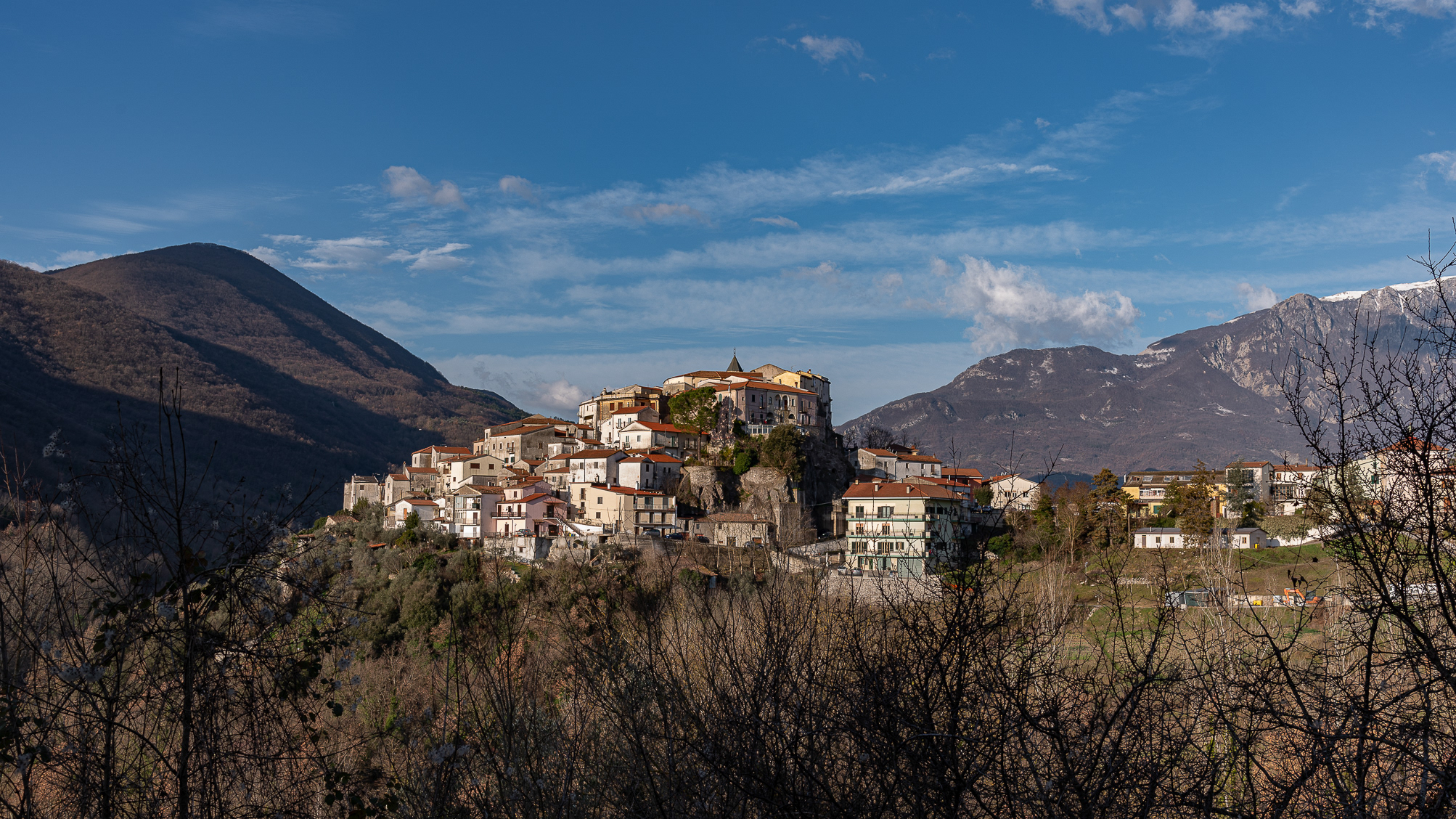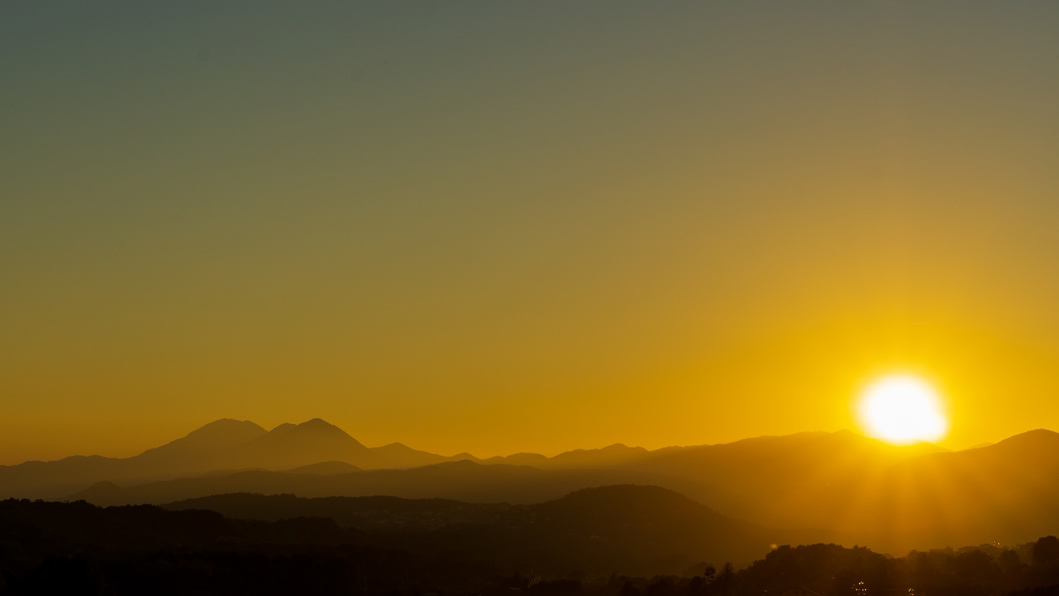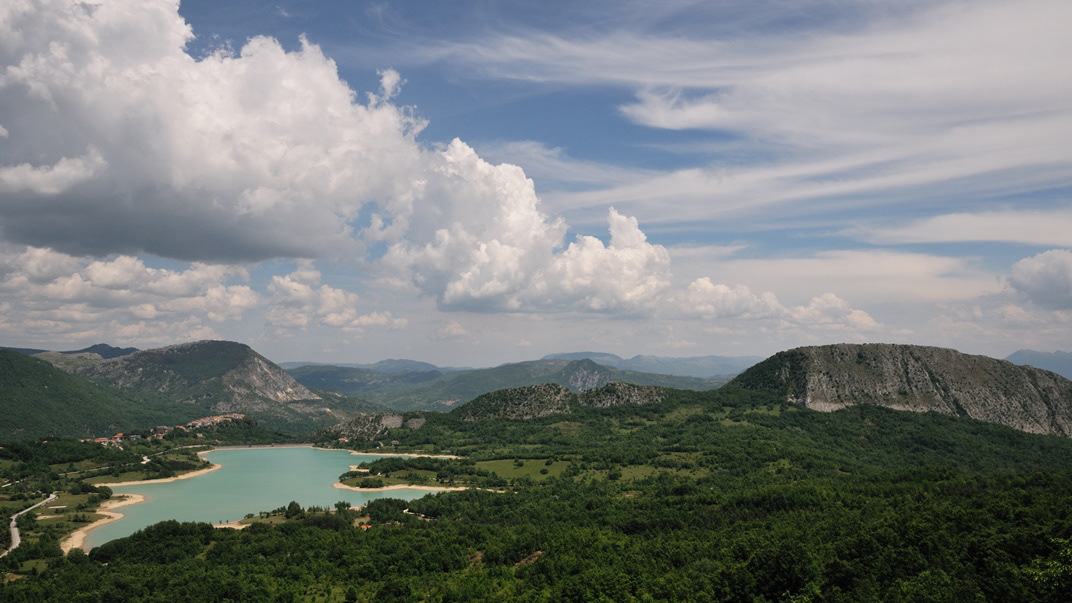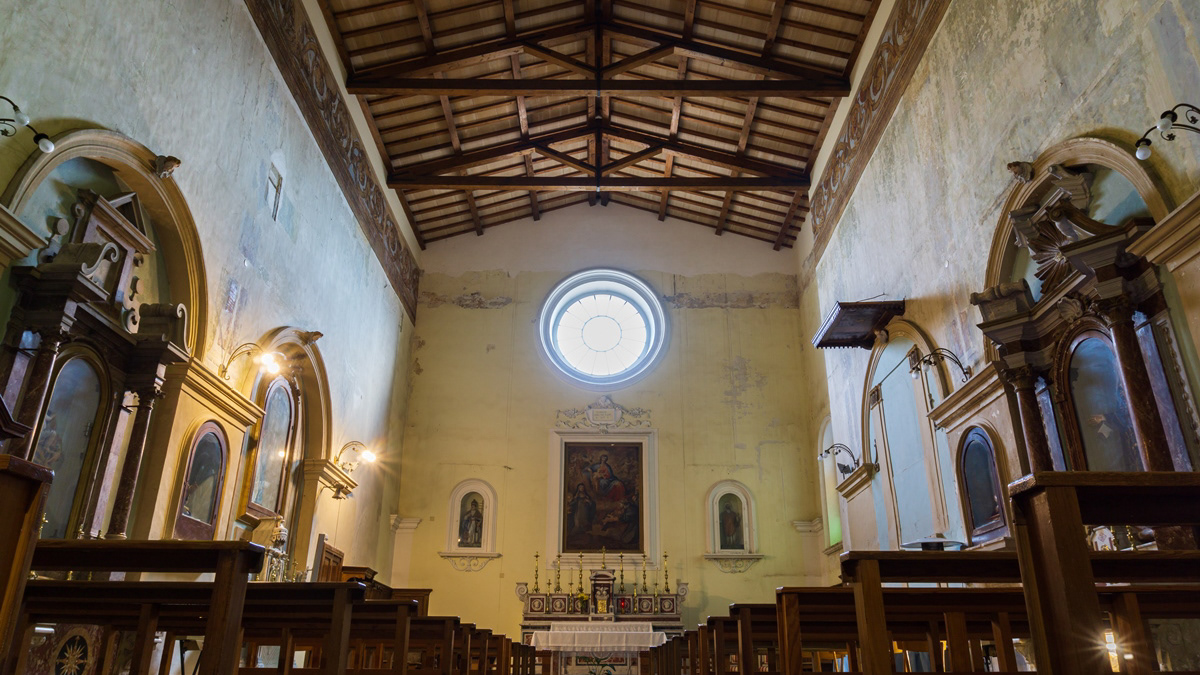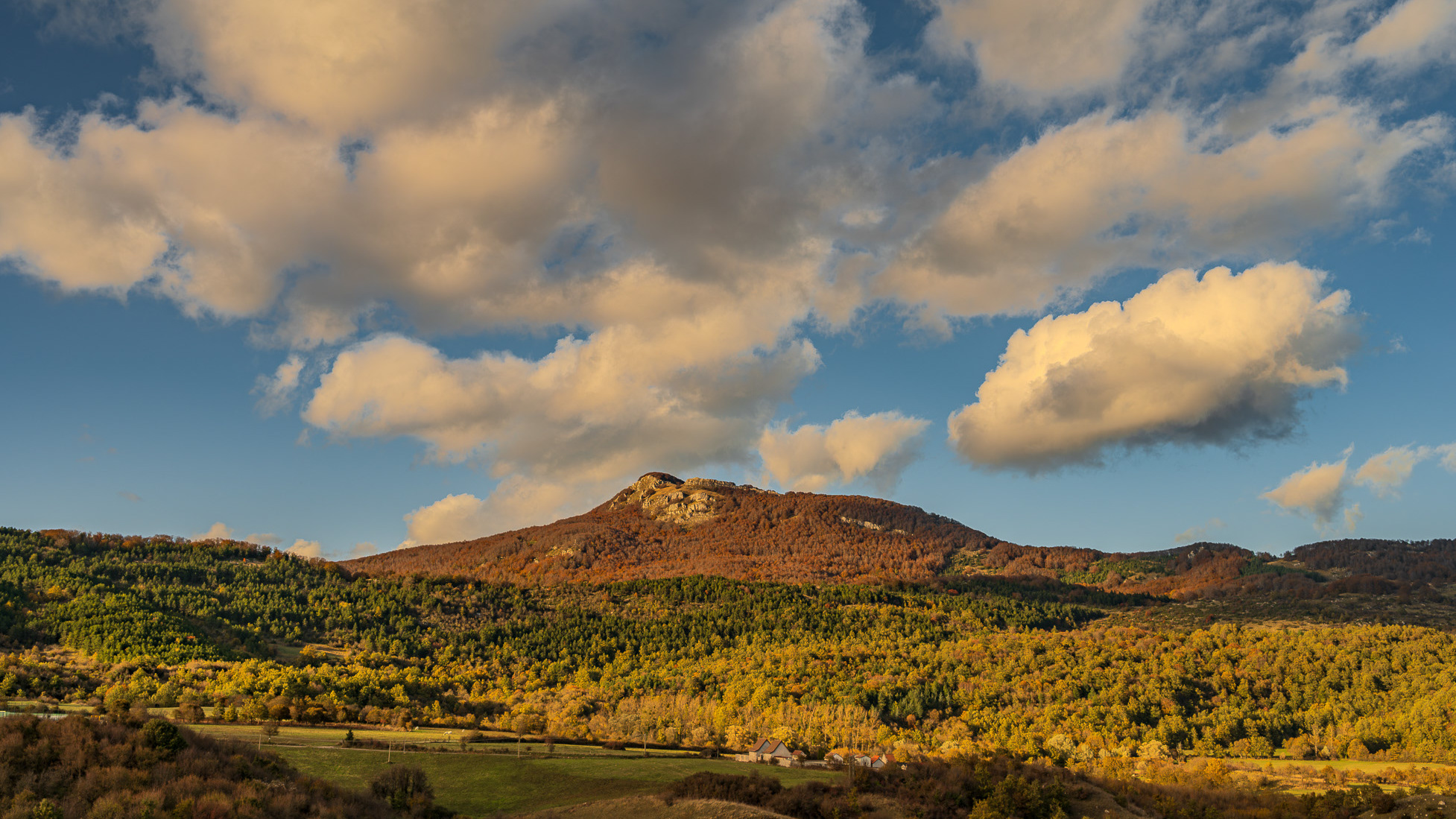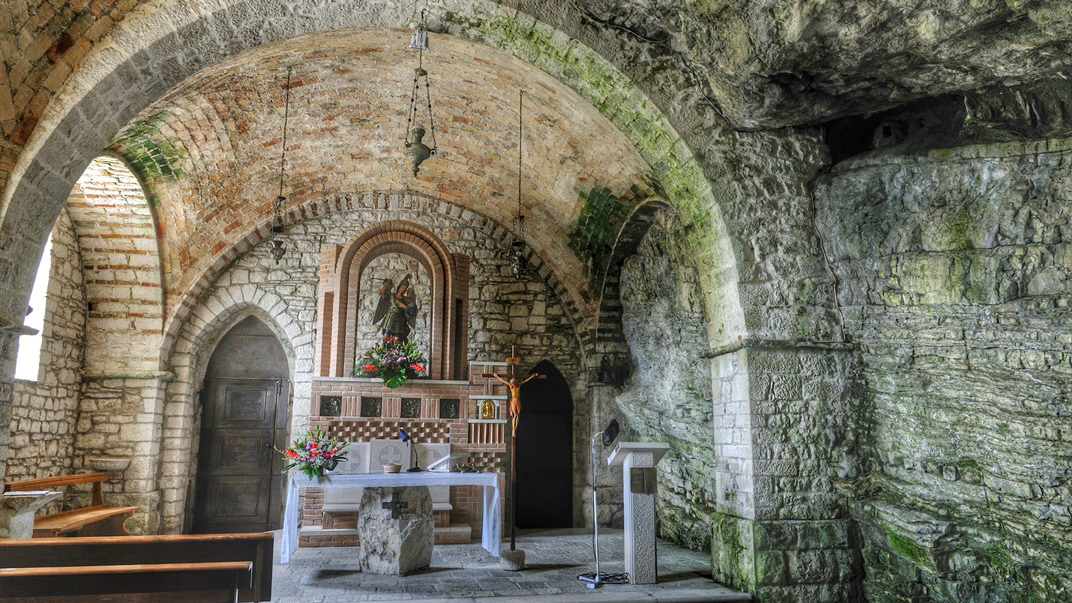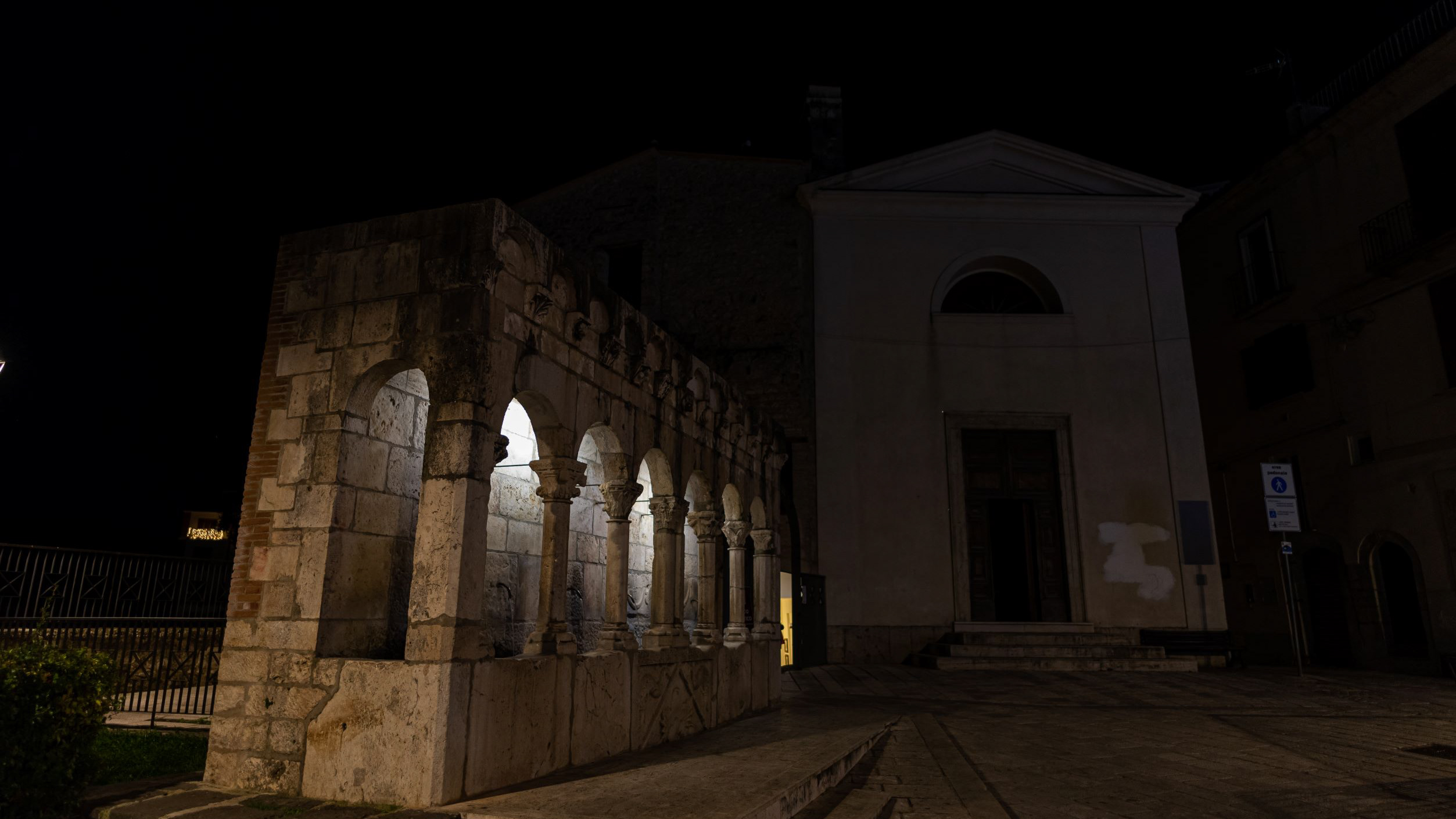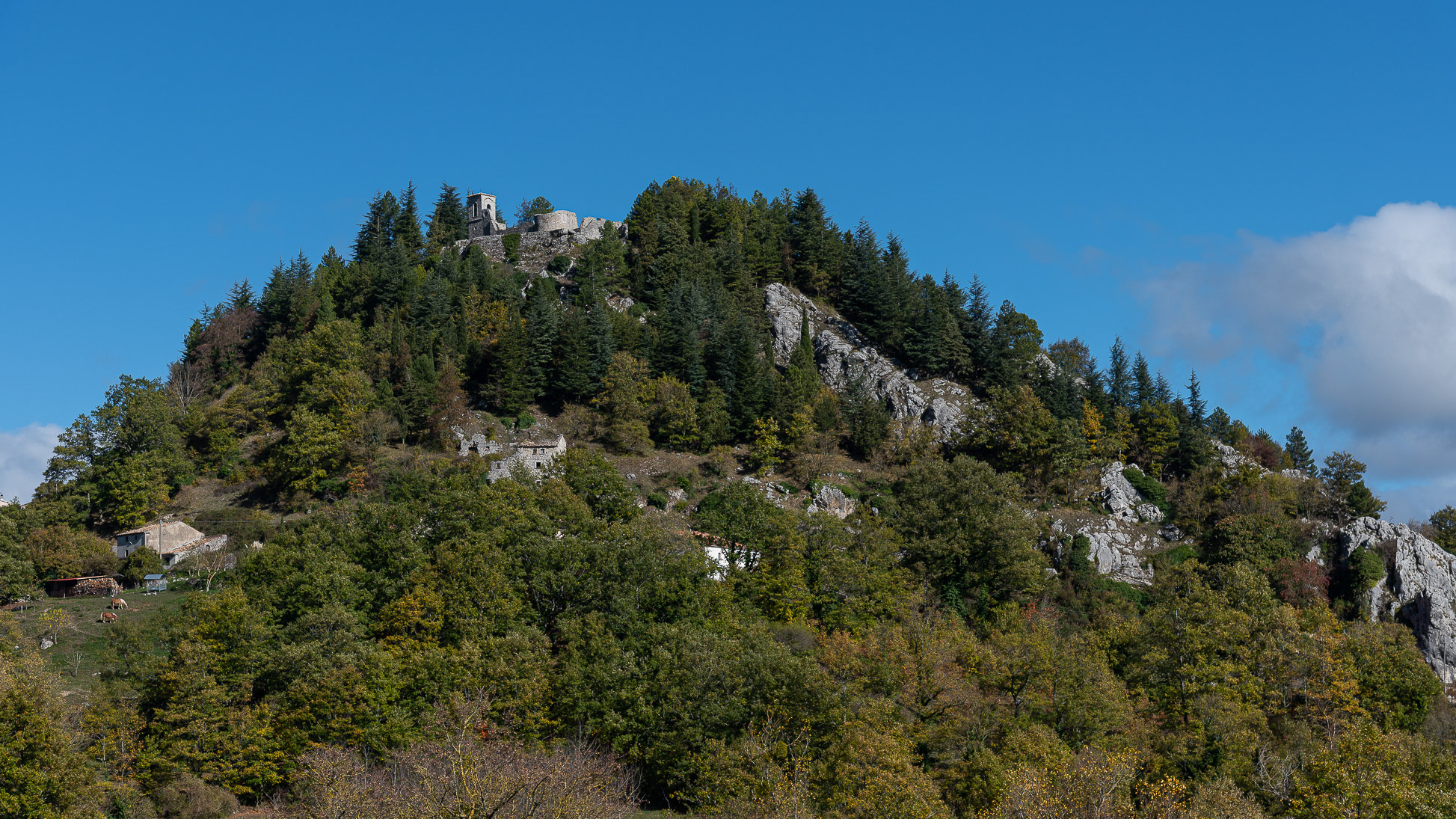Pescopennataro (IS)
Pescopennataro è un comune italiano di 269 abitanti della provincia di Isernia in Molise. Fino al 1790 è stato parte integrante del Giustizierato d'Abruzzo e dell'Abruzzo Citeriore del Regno di Napoli e del Regno delle Due Sicilie. La porta arcuata medievale, detta "Porta di sopra". Mediante questa si accede alla chiesa madre. La chiesa di San Bartolomeo apostolo (1654), ricostruita nel XX secolo dopo le distruzioni delle guerre mondiali. Di particolare interesse sono l'altare maggiore con l'annesso tabernacolo in legno, i 6 altari minori laterali, un pulpito dello stesso materiale del tabernacolo, un organo da chiesa ed una originale acquasantiera. La chiesa della Madonna delle Grazie. L'Eremo di San Luca, situato nel bosco e nel territorio del comune di Sant'Angelo del Pesco. La fontana di Piazza del Popolo, opera dell'architetto De Lallo. Il Museo della Pietra "Chiara Marinelli". Il Belvedere del Guerriero Sannita.
You may also like
